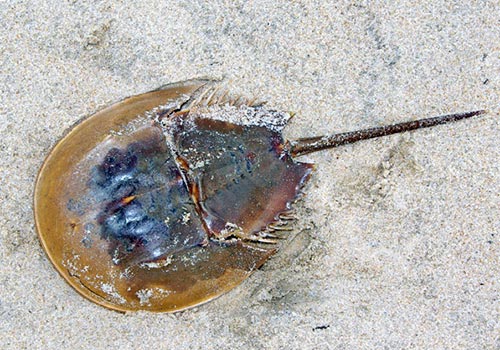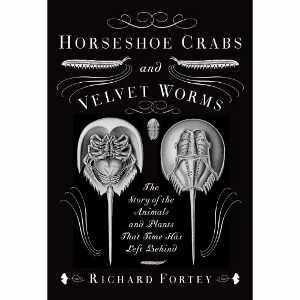
His book is not only well built and witty but emotionally profound too. You want to throw him over your shoulder, like a big stuffed animal won at a fair, and lug him home to explain the mysteries of your backyard.

Fortey as much as he loves horseshoe crabs. Reading this book is like stepping into the field with a man who's equal parts naturalist and poet, equal parts E.O. Fortey is as vivid and charming about live things as he's long been about dead ones, perhaps even more so. Written in buoyant, sparkling prose, Horseshoe Crabs and Velvet Worms is a marvelously captivating exploration of the world's old-timers combining the very best of science writing with an explorer's sense of adventure and wonder. These are not "living fossils" but rather a handful of tenacious creatures of days long gone. From a moonlit beach in Delaware, where the hardy horseshoe crab shuffles its way to a frenzy of mass mating just as it did 450 million years ago, to the dense rainforests of New Zealand, where the elusive, unprepossessing velvet worm has burrowed deep into rotting timber since before the breakup of the ancient supercontinent, to a stretch of Australian coastline with stromatolite formations that bear witness to the Precambrian dawn, the existence of these survivors offers us a tantalizing glimpse of pivotal points in evolutionary history. Scattered across the globe, these remarkable plants and animals continue to mark seminal events in geological time.

Evolution, it seems, has not completely obliterated its tracks as more advanced organisms have evolved the history of life on earth is far older-and odder-than many of us realize.

1 comes a fascinating chronicle of life's history told not through the fossil record but through the stories of organisms that have survived, almost unchanged, throughout time. From one of the world's leading natural scientists and the acclaimed author of Trilobite!, Life: A Natural History of Four Billion Years of Life on Earth and Dry Storeroom No.


 0 kommentar(er)
0 kommentar(er)
